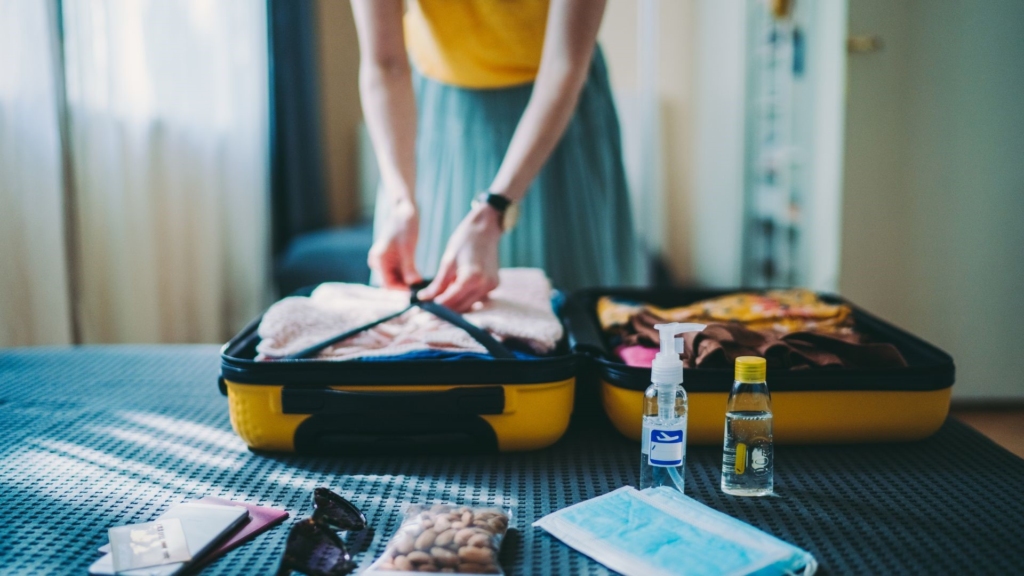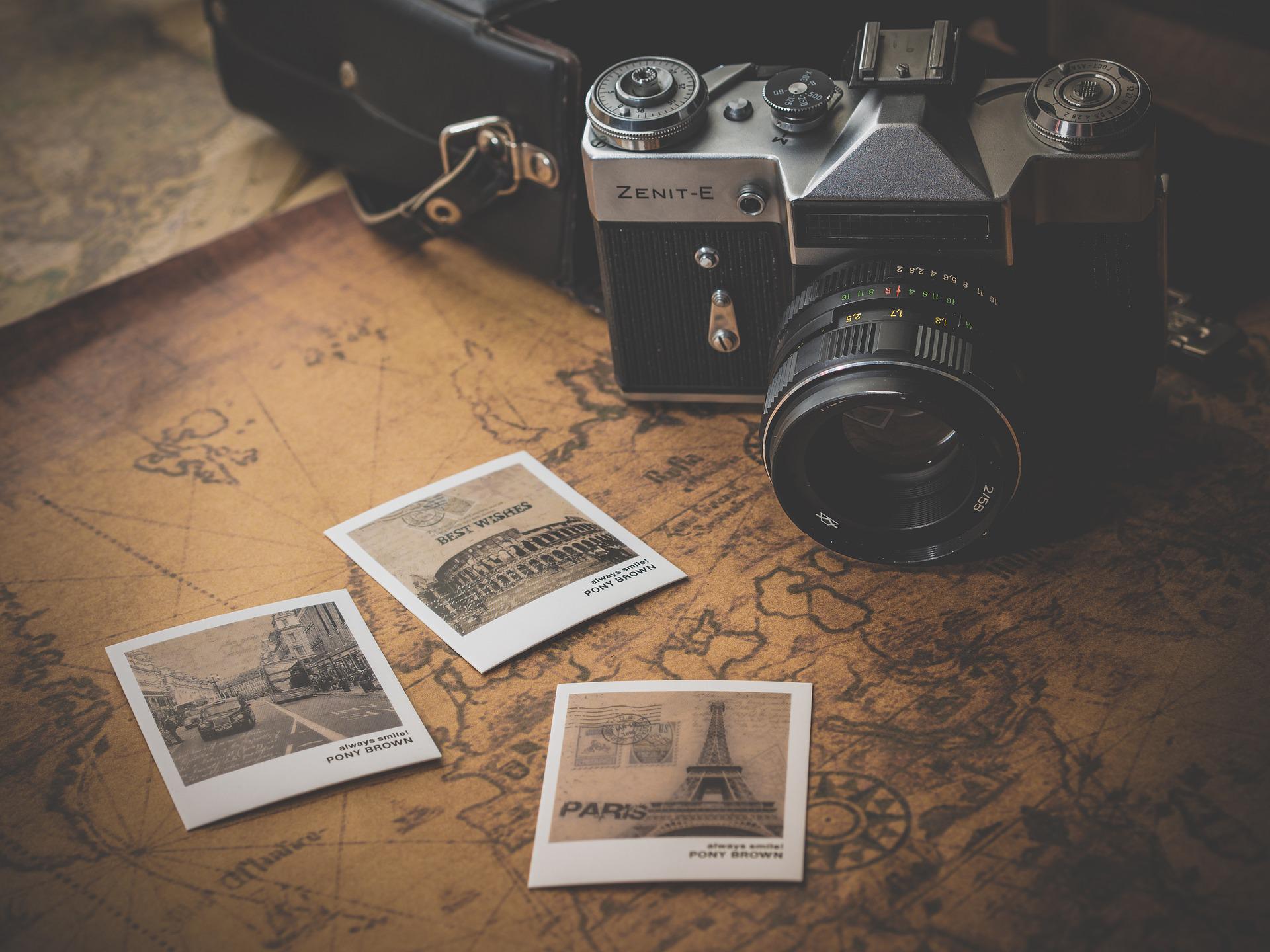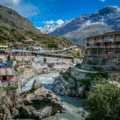Are you considering an overseas or domestic vacation?
If you ask someone to travel, chances are you’ll get judging looks and loads of free suggestions that will tell you it’s a terrible idea to travel during the pandemic. Medical professionals won’t give you the green light, and neither will the government directives, but wanderlust and love for family know no bounds!
So, if you are obligated to travel or simply wish to travel to check in on distant family or simply need to travel for business reasons, we can help you out with decreasing risks while on the trip. Whether you’re traveling by road or air, here are a few things you should focus on and a few things you can go easy with.
Getting there
If your trip is important and you are committed to following all the protective measures with proper gear and social distancing, it’s possible to reduce (but not eliminate) the risk of COVID-19. The safest trips are the ones where you can avoid the crowds. If you prefer solitude and light reading during your travel escapades, 2020 is the best time for you to travel.
One of the easiest ways to avoid crowds is to avoid public transport. Take your vehicle to your desired destination with minimal stoppages and you should be fine.
If you need to fly to your destination, you need to be more careful as it brings you closer to your fellow passengers. Crowded areas like security and boarding gates are more likely to be an area of concern than the aircraft, considering they are equipped with HEPA filters that capture 99.9% of the harmful microbes. Apart from wearing masks, gloves, and protective shields, it is best to try to keep a distance from others at the airport since this is where you are most vulnerable.
If possible, choose a window seat as far from the restroom area, and keep the overhead vent open to facilitate consistent airflow towards your face. Make sure to disinfect your hands once you’ve settled down in your seat on the plane and whenever you remove your mask to eat or drink something. Even though airports and airplanes are following every possible measure to maintain hygiene, they still, treat every surface as a potential infection ground and disinfect it before touching it.

Packing the travel toolkit
While you do need comfy shoes, a hat, and your wayfarers to plan a cool trip any day, in 2020 you need to be equipped with some basic knowledge to steer clear of COVID-19 and its effects.
When you leave home, make sure that you wear a face mask, avoid crowds, and practice social distancing at all times. It is important to use that mask correctly, as it should cover both your nose as well as your mouth. According to many medical practitioners, the use of masks does not affect the body’s oxygen or CO2 levels. Wearing masks significantly reduces the distance that droplets travel, thereby keeping you and others safe. Moreover, you do not have to glove up the moment you halt for gas or groceries. Simply, disinfect your hands with an alcohol-based sanitizer or wash your hands thoroughly with soap and water if available.
It is being near people and not the act of traveling that makes you prone to infections.
Safe lodging
Accommodations, where you can minimize interaction with crowds, are best, but even if you are a hotel lover, you don’t have to worry till you are wearing masks and practicing social distancing, you are most likely to be fine! Just keep a check on touching surfaces on reception, doorknobs, and washing hands.
Staying in isolated cottages or a villa is the best option, as having your own kitchen and laundry gives you more control over hygiene. It doesn’t matter whether you’re staying in a hotel, motel, or boutique inn, it is important that the property has a good record and follows all government-recommended guidelines.
On the other hand, if you are visiting family and relatives, it is safe for you to practice social distancing. Sharing bathrooms and kitchen chores can be risky.
What to do when you get sick:
Simply assuming that you will not get COVID-19 is a grave mistake!
What if you contract the COVID-19 virus?
How will you protect your loved ones?
Do you have a contingency plan?
Make sure that you have clarity on your medical policy and insurance and how much they are doing to cover the probability of COVID-19.
Bottomline
Travel by nature has its share of risks. If the stress of travel outweighs the need/benefits, question yourself whether you should do it or not!
Similarly, if you have a negative test report for COVID-19, don’t just blindly have faith in it or believe that you are safe. Because even though they can help in preventing viral transmission during travel, they can give you a false sense of security!
Temperature checks are the norm everywhere nowadays. Similar to fever checks, more and more destinations require a negative COVID-19 report to visit or before arrival. Even if you make sure that a negative COVID-19 test means that you are free of infection, it doesn’t make you safe from it. Still, it does put your mind at ease knowing that the likelihood of getting infected is significantly less.



